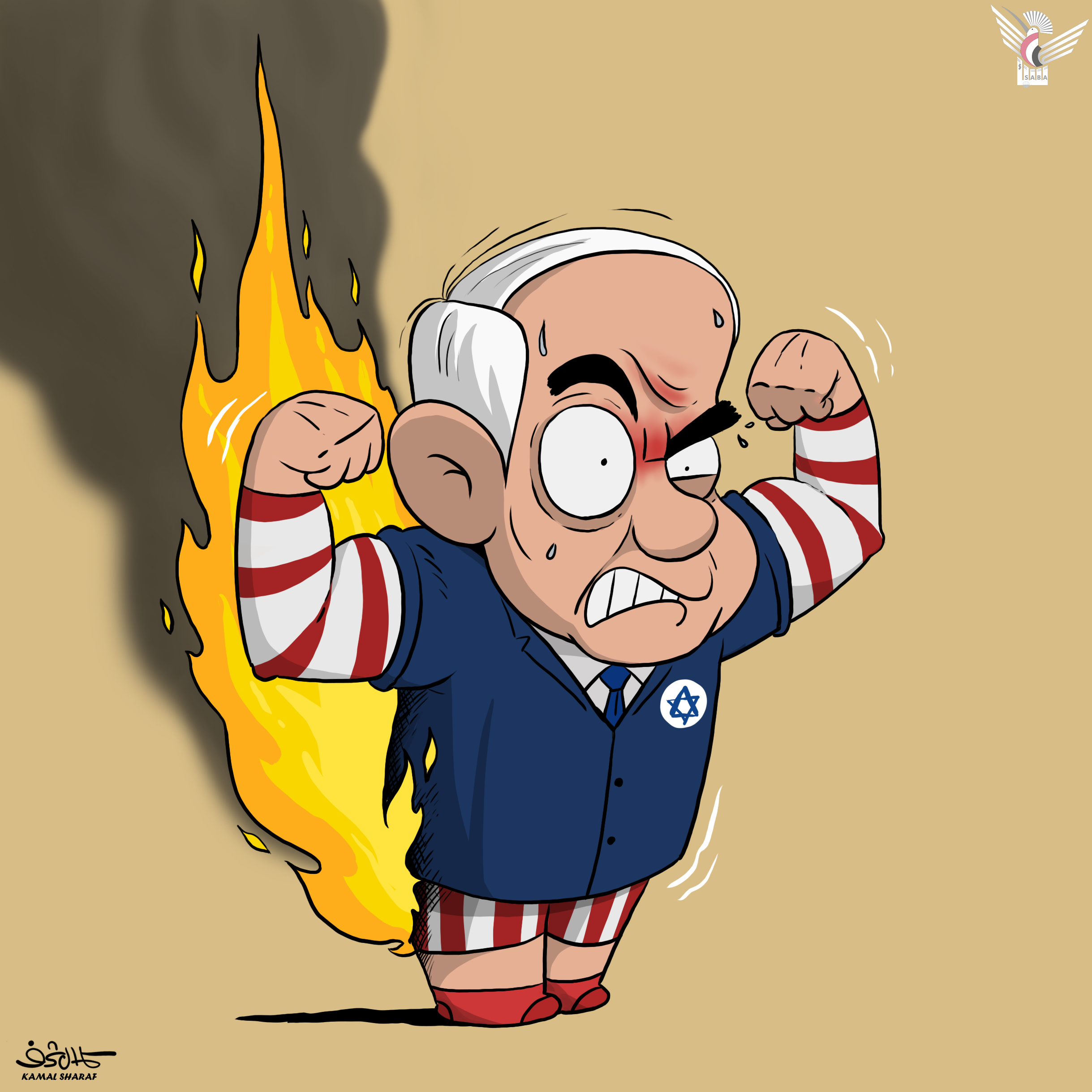Sana'a – SABA:
What about the second phase of implementing the ceasefire agreement and the prisoner exchange between Hamas and the Zionist entity? This question arises as the first phase of the agreement nears completion, while uncertainty still looms over the second phase due to delays in its negotiations. These negotiations were initially scheduled to begin 16 days after the agreement took effect, with implementation expected in early March.
Another key question that requires a clear answer to fully understand the situation regarding the second phase is: What is Hamas's vision for ensuring the success of this phase?
The Zionist entity has been placing numerous obstacles in the way of starting the negotiations for the second phase. Instead, it seeks to expand the current phase by implementing additional prisoner releases, claiming that some detainees are in critical health conditions.
Meanwhile, Israel's public broadcasting service "KAN 11" reported on Friday night that the Zionist entity intends to resume military operations in Gaza despite ongoing negotiations.
U.S. presidential envoy Steve Whitcoff noted that while there has been progress in the talks, a major sticking point remains: Israel's demand that Hamas no longer govern Gaza. He described this demand as "a difficult circle to square."
According to Israel's Channel 13, amid growing skepticism about the likelihood of implementing the second phase of the deal, the Zionist entity is demanding the immediate release of more captives it claims are in critical condition.
On Saturday, Hamas’s military wing, Al-Qassam Brigades, handed over six Zionist prisoners as part of the seventh batch of exchanges under the first phase of the ceasefire agreement. The transfers took place at two locations: Rafah and Al-Nuseirat Refugee Camp.
Meanwhile, according to the Palestinian Prisoners’ Club, the Zionist occupation is set to release 602 Palestinian detainees from its prisons as part of the prisoner exchange deal under the ceasefire agreement.
Hamas Outlines Its Vision for the Second Phase
On Thursday, Khalil Al-Hayya, head of Hamas in Gaza and chief negotiator, outlined the key conditions that Hamas considers essential for the success of the second phase. These include:
1. A complete cessation of hostilities to ensure lasting peace.
2. Full withdrawal of Israeli forces from Gaza, as a fundamental requirement for stability.
3. A comprehensive, one-time prisoner exchange** under an agreed-upon framework.
4. Binding international guarantees to ensure the implementation of the agreement, based on UN Security Council Resolution 2735.
Al-Hayya emphasized that Israel is stalling on initiating the second phase, which was originally supposed to begin 16 days after the agreement was signed.
He also stressed that the success of this phase depends on Israel’s adherence to its commitments and the international community's role in pressuring for its implementation according to the agreed terms.
Hamas’s position on the second phase and beyond extends beyond mere prisoner exchanges. The movement sees it as a pivotal opportunity to end the aggression, ensure withdrawal, and establish a more stable future for Gaza’s residents, safeguarded by clear commitments from Israel and international guarantees to prevent any manipulations or violations.
Hamas has not disclosed the exact number of remaining captives, whether alive or deceased, stating that this information remains subject to negotiations in the second phase, according to Agence France-Presse (AFP).
Meanwhile, the families of Zionist captives issued a warning to Netanyahu on Wednesday, demanding urgent clarifications regarding the fate of their relatives and pressing him to take immediate action to secure their release.
E.M

| more of (Reports) |




